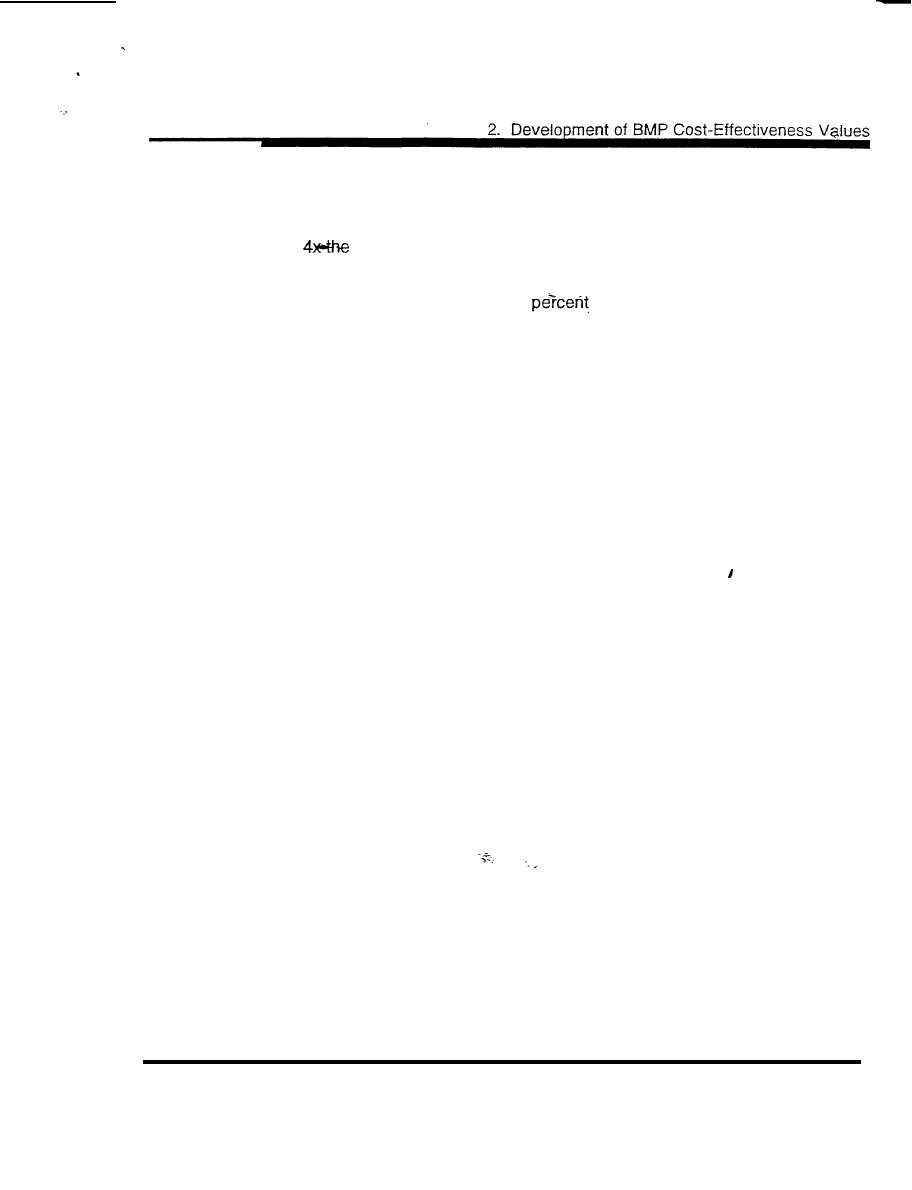
the percentage loss of nitrogen and phosphorus changes significantly with
increasing application rates. Because the percent loss does not appear to vary
substantially by loading rate, and there is no apparent trend in the data, we will
assume that percent loss is not significantly different for land application at rates
agronomic rate. Our estimate of combined losses at agronomic rates
up to
(20 percent N) is reasonably close to the highest reported combined N loss from
excess application (17.3 percent). Given the mass balance uncertainties
discussed above, we believe that 20
is a reasonable estimate of N loss
(to runoff and sub-surface drainage) for land application at rates up to 4x the
agronomic rate.
For phosphorus, Evans et al. were able to account for all of the applied P when
wastes were applied at agronomic rates. At higher rates, up to 35 percent of
applied P was unaccounted for in the mass balance. The range of reported
combined losses for P is 2.6 percent to 4.5 percent. The surface and subsurface
losses reported by the other studies are also in fairly close agreement. It is
interesting to note that the surface losses (percentage) from land-applied swine
waste are nearly the same as from poultry waste. This is despite the difference in
N:P ratios between the two wastes. Rounding off the high end of the range, we
feel that 5 percent is a reasonable estimate of surface and subsurface
phosphorus losses for land application of wastes at up to 4 times the agronomic
rate.
Based on the above estimates, Table 2-4 presents estimates of mass nutrient
losses (to surface runoff and sub-surface drainage) which can be expected at 2,
3, and 4 times the agronomic application rate. Because the agronomic application
rate varies by crop type, these values are reported as ranges that encompass the
extent of agronomic rates for crops in the Tar-Pamlico basin.
13



 Previous Page
Previous Page
